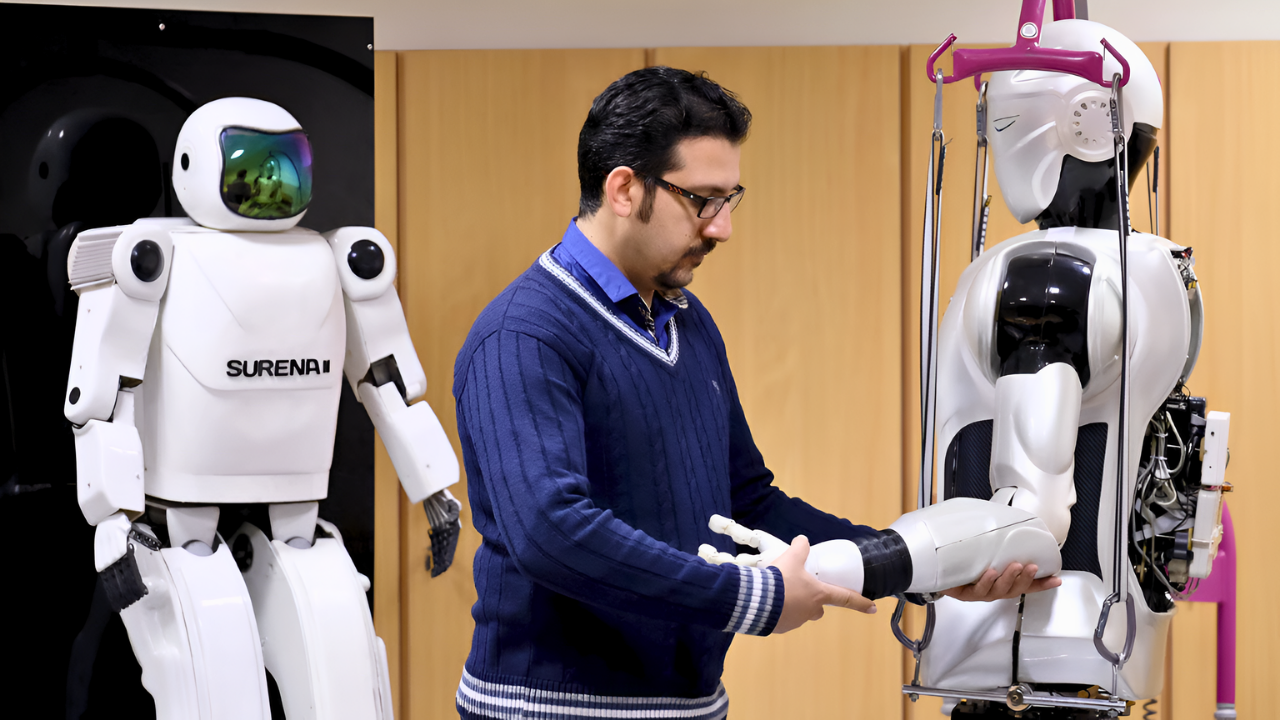
In early October 2025, top regulators warned of a looming bubble. The Bank of England’s Financial Policy Committee bluntly noted “the risk of a sharp market correction has increased”.
IMF Managing Director Kristalina Georgieva similarly cautioned that today’s stock valuations “are heading toward levels we saw during the internet bullishness 25 years ago”. These warnings – echoed by JPMorgan’s CEO – came as U.S. stock indexes hit records on surging AI hype.
Tech Giants Command the Index
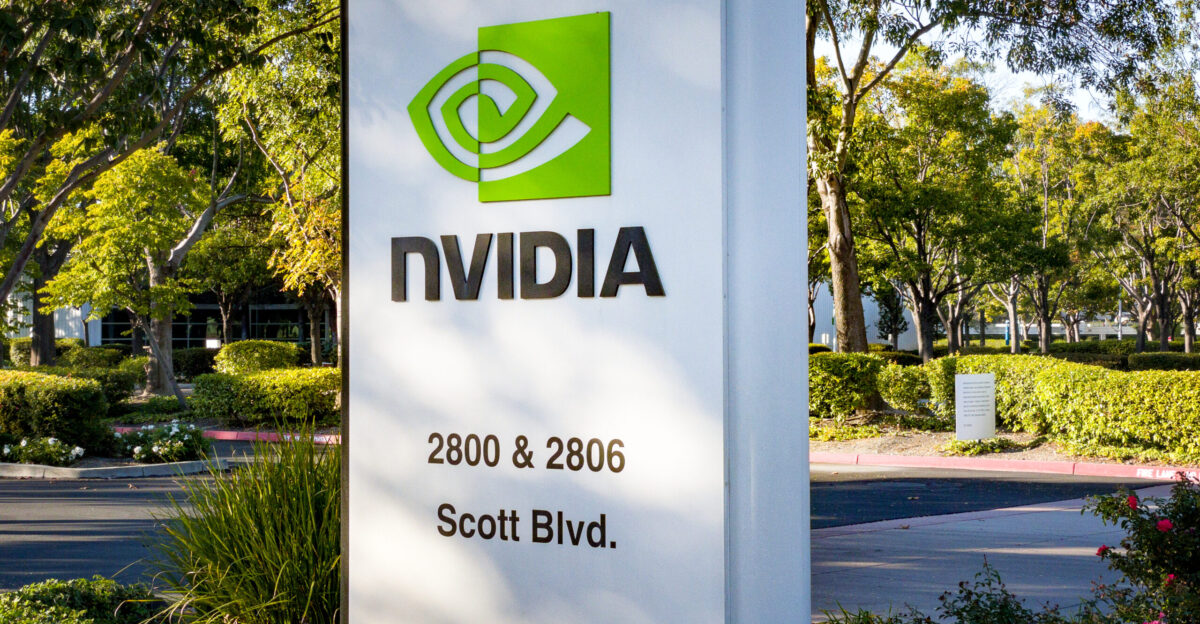
The S&P 500’s concentration is now unprecedented: the top five stocks claim nearly 30% of its total value. In fact, NVIDIA alone recently topped a staggering $4.5 trillion market cap (making it the first company to exceed $4 trillion).
Such skew makes the market vulnerable: if AI exuberance fades, losses won’t be isolated to a few firms but spread across the entire index.
Infrastructure Overbuild

The parallels to the 2000 dot-com bust are striking. Telecom firms spent roughly $2 trillion laying ~80–90 million miles of fiber optic cable, only to see ~95% of it lie idle after the bubble burst.
Iconic fiber-maker Corning saw its stock plunge from over $100 to around $2 within two years. The lesson: massive overinvestment in hopeful infrastructure can create a “dark fiber” of stranded assets.
Rising Rates and Tightening Credit

In 1999–2000, the Fed hiked rates from ~4.75% to 6.5%, cooling off speculative tech bets. Today’s higher interest rates and tighter credit create similar headwinds. When borrowing becomes expensive, flush valuations are at greater risk.
Analysts note that if fundamentals don’t match expectations, investors will demand safer returns – a pattern that contributed to the dot-com collapse.
AI Investment Skyrockets

AI spending has surged to record levels. Corporate AI investment jumped to $252.3 billion in 2024 – more than a 13-fold increase from a decade earlier.
Wall Street’s largest firms are plowing even more into AI: Google, Amazon, Microsoft, and Meta have collectively pledged over $320 billion of capital expenditures for 2025, almost entirely for AI data centers and chip infrastructure.
The Pennsylvania Data Center Boom

States are scrambling to host this build-out. At a July 2025 summit in Pittsburgh, companies announced over $90 billion in AI-related projects for Pennsylvania. Google alone revealed a $25 billion data-center investment plan in the region.
CoreWeave, AWS, and others have also committed to multi-billion-dollar campuses. These hyperscale centers will each draw gigawatts of power (PowerHouse’s flagship site is 1.35 GW) – far above the norm.
Caution from the C-Suite
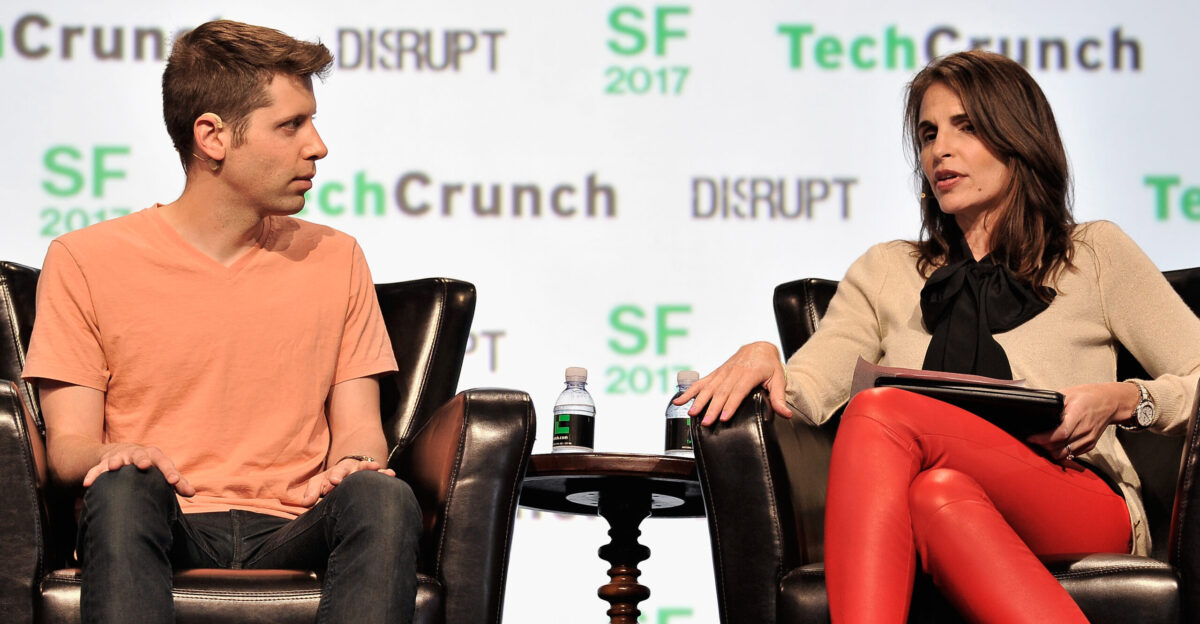
Even AI champions are wary. OpenAI CEO Sam Altman openly asked in August, “Are we in a phase where investors … are overexcited about AI?” – answering immediately, “My opinion is yes.”.
Amazon’s founder, Jeff Bezos, likewise warned of an “industrial bubble”, though he argued the overbuild could still yield “gigantic” societal benefits when “the dust settles”. Such admissions from insiders underline a growing unease amid the tech frenzy.
Interconnected Investments Inflate Valuations
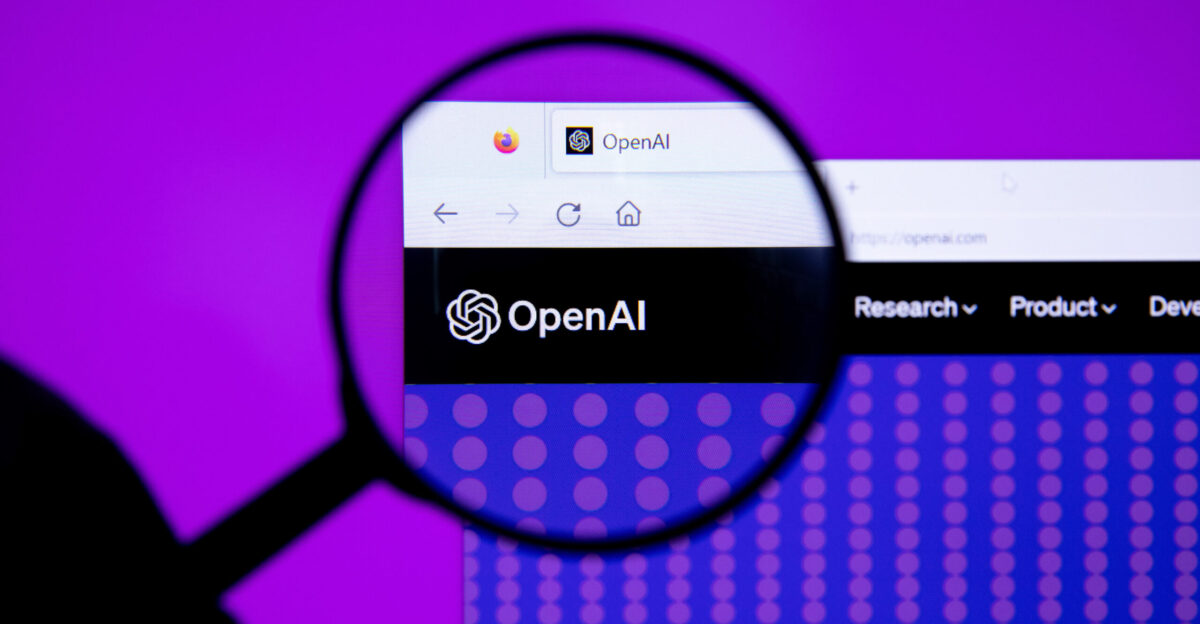
Investments are looping around the AI industry. In mid-2025, NVIDIA agreed to invest ~$100 billion in OpenAI – funds OpenAI will use to buy NVIDIA chips.
Meanwhile, AMD gave OpenAI warrants for ~160 million shares (10% of the company) as part of a chip-supply pact. Critics call these “circular” deals that artificially boost demand and share prices, reminiscent of the convoluted financing that hid weak fundamentals during the dot-com era.
Venture Capital Floods the Sector

VC funding is hitting new highs. Through Q3 2025, investors poured $192.7 billion into AI startups – more than half of all global VC dollars this year. It will likely be the first year ever with over 50% of venture capital going into one industry.
Generative AI in particular set records: $49.2 billion was invested in H1 2025 alone (versus $44.2 billion for all of 2024).
The ROI Reality

Behind the hype, practical results lag. An MIT-affiliated study grabbed headlines this summer: it found “95% of enterprise generative AI pilots are failing, delivering zero measurable ROI”. In other words, after spending an estimated $30–40 billion on AI efforts, most firms saw nothing concrete.
Only about 5% of these pilots generated real value. This yawning gap between spending and performance is eerily similar to the post-bubble realization that many dot-com projects had no viable business model.
Wall Street’s Warning Signals
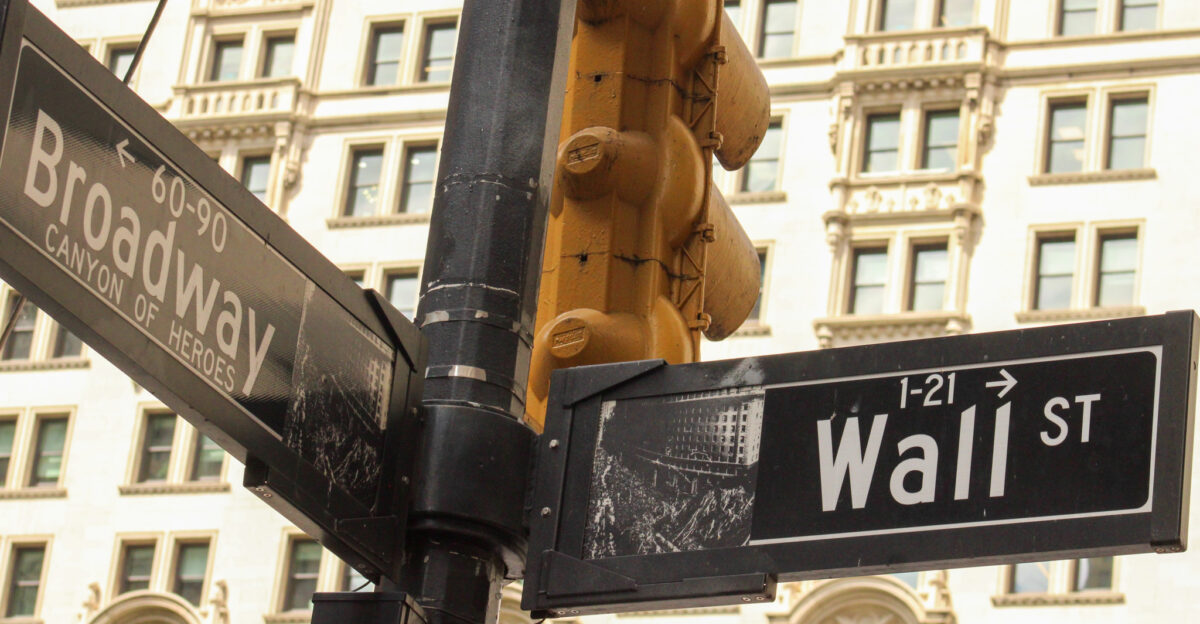
Even top bankers sense danger. Goldman Sachs CEO David Solomon cautioned that he “wouldn’t be surprised if in the next 12 to 24 months, we see a drawdown” in equities.
His forthright warning – delivered alongside Tech Week speeches hewing to dot-com parallels – highlights Wall Street’s tension: by day, analysts hype AI stocks, by night they privately fear a correction when promises meet cold reality.
OpenAI’s Stratospheric Valuation
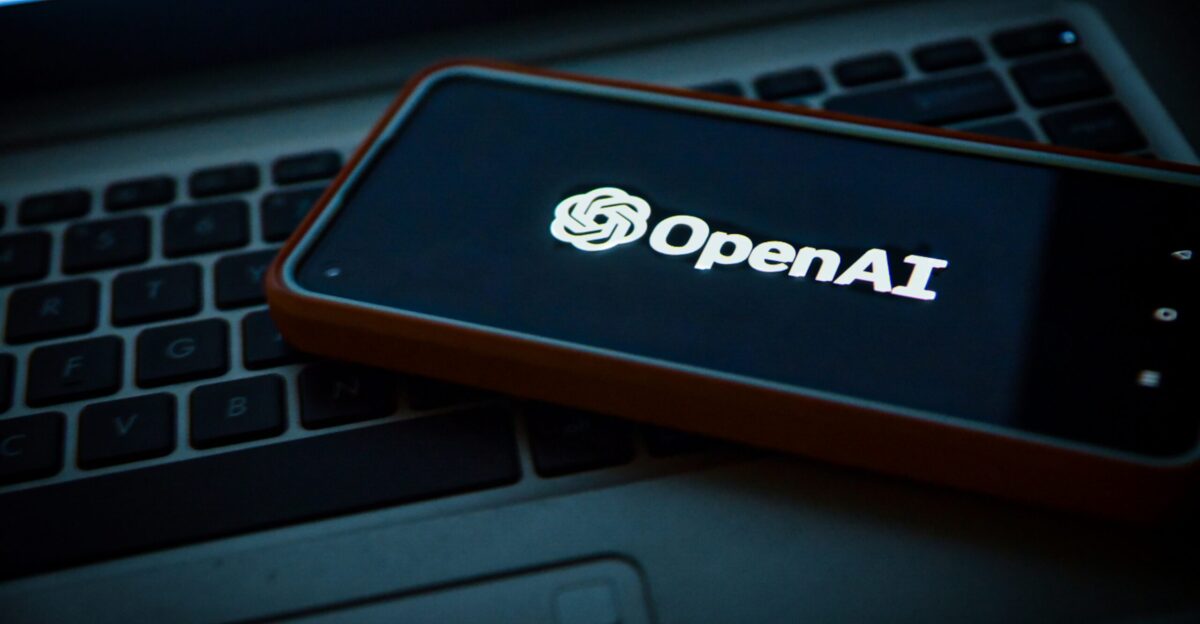
The AI frenzy has created record-breaking company valuations. OpenAI sold $6.6 billion of secondary shares in October at a $500 billion valuation.
That is ~67% higher than its $300 billion price just seven months earlier, making OpenAI the world’s richest startup. Yet two-thirds of its planned $10.3 billion offering remained unsold, hinting at potential overreach even as headline figures skyrocket.
The “Stargate” Mega-Project

OpenAI isn’t just creating buzzwords but actual infrastructure. In partnership with Oracle and SoftBank, it has launched the $500 billion “Stargate” initiative to build 10 GW of AI data-center capacity in the U.S. by the end of 2025.
The flagship Abilene, Texas site is already operational and can deliver over 5.5 GW of power. With five more U.S. campuses coming, the group has committed ~$400 billion so far.
Analysts Sound the Alarm
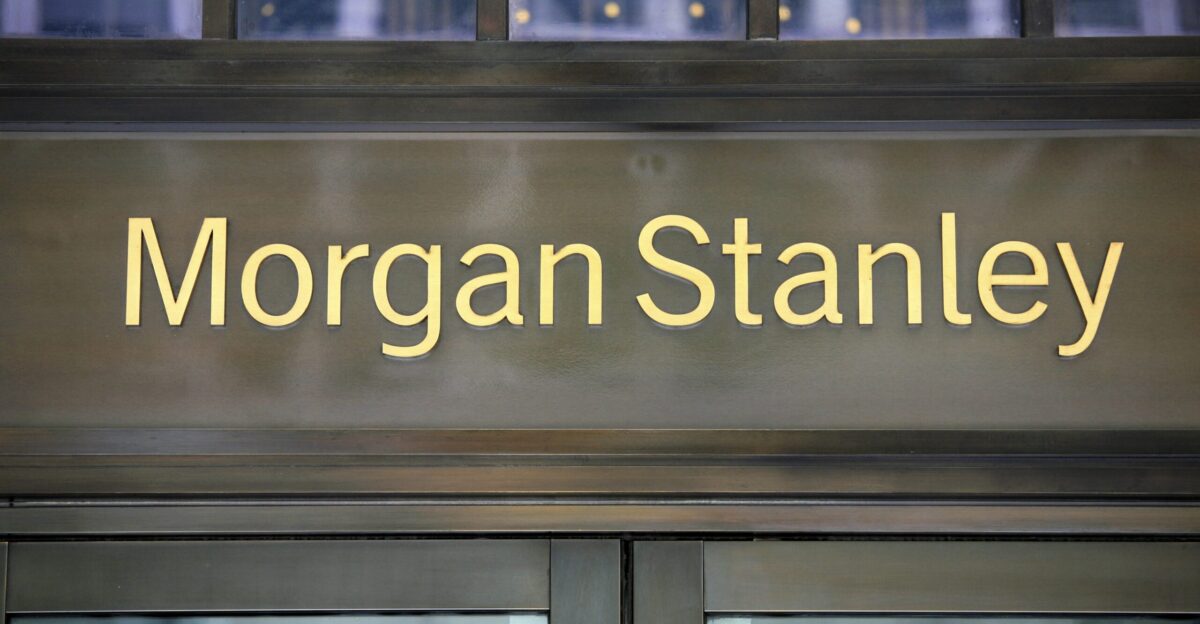
Not all experts are dazzled. Morgan Stanley CIO Lisa Shalett warned that the AI-driven rally is a “one-note narrative” poised to falter. “At the end of the day … this is not going to be pretty if and when the generative AI capex story falters,” she said.
Shalett notes that since 2022, roughly 75% of the S&P 500’s returns have come from the AI megacaps (NVIDIA, Microsoft, etc.) while the other 493 companies managed only a ~25% gain.
When Will It Crack?
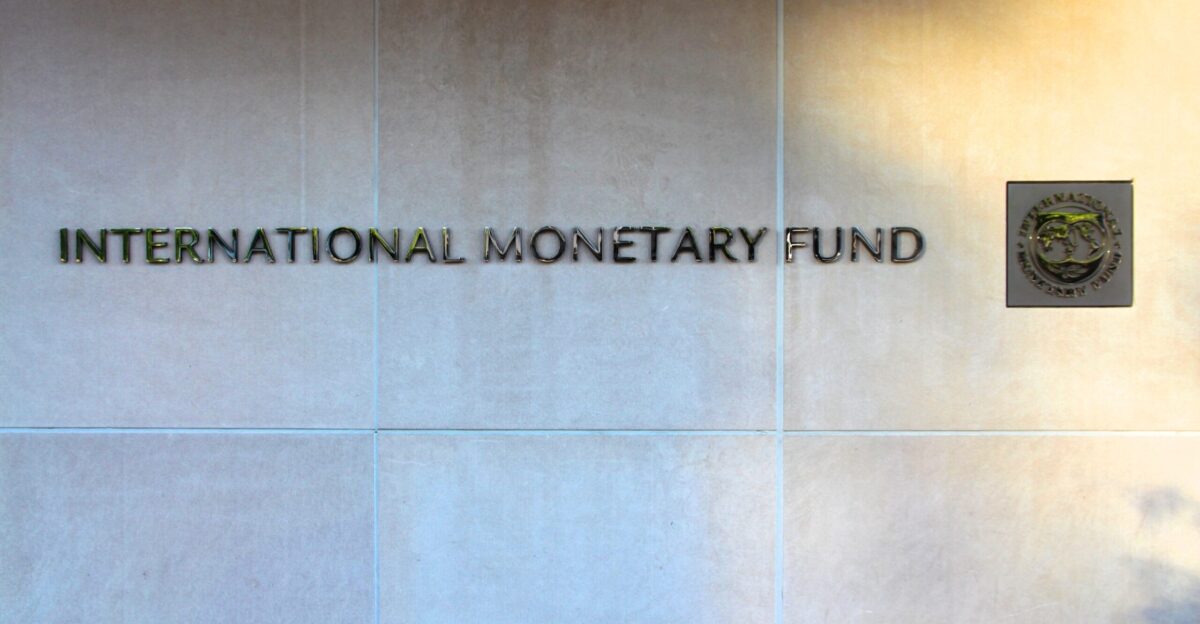
No one can pinpoint the burst, but many expect it within 1–2 years. BoE officials declined to give dates but reiterated that a severe correction risk is mounting. IMF’s Georgieva likewise said today’s bullishness “can turn abruptly”.
JPMorgan’s Jamie Dimon concretely estimated crash odds at ~30% (versus the market’s 10%).
Government Backing Extends the Boom
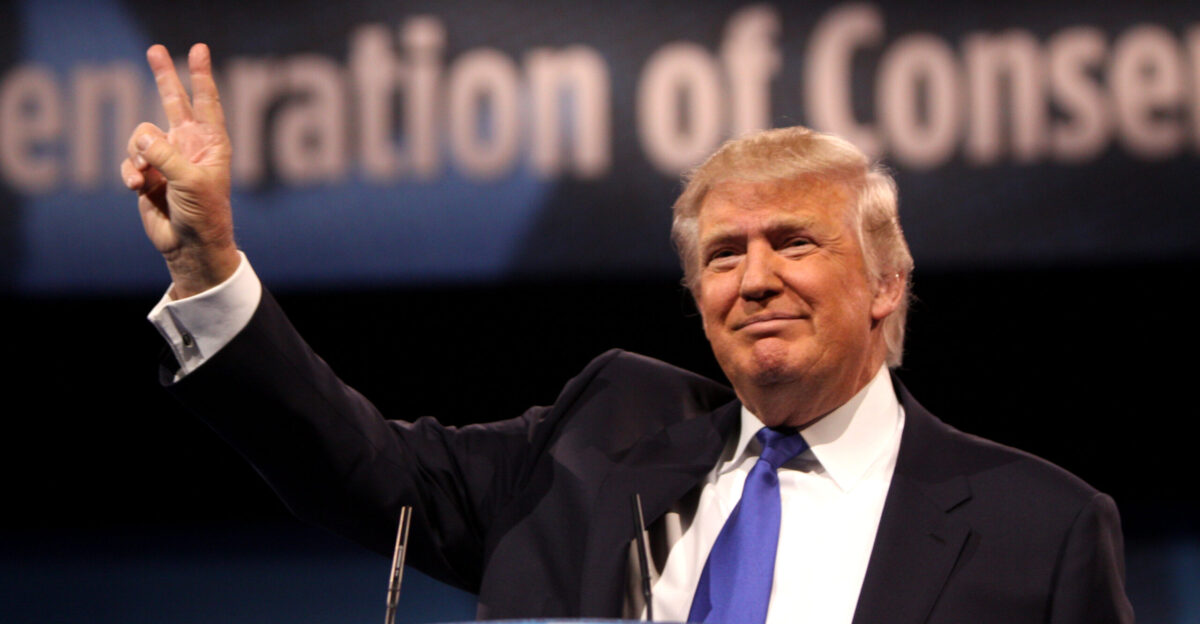
Unusually, the U.S. federal government is also pouring fuel on this fire. In mid-2025, President Trump signed an executive order declaring AI data centers and power projects “essential to national security”.
The order fast-tracks federal permits and spending for any facility costing ≥$500 million or using >100 MW, effectively streamlining the bureaucratic hurdles.
The Global Infrastructure Arms Race
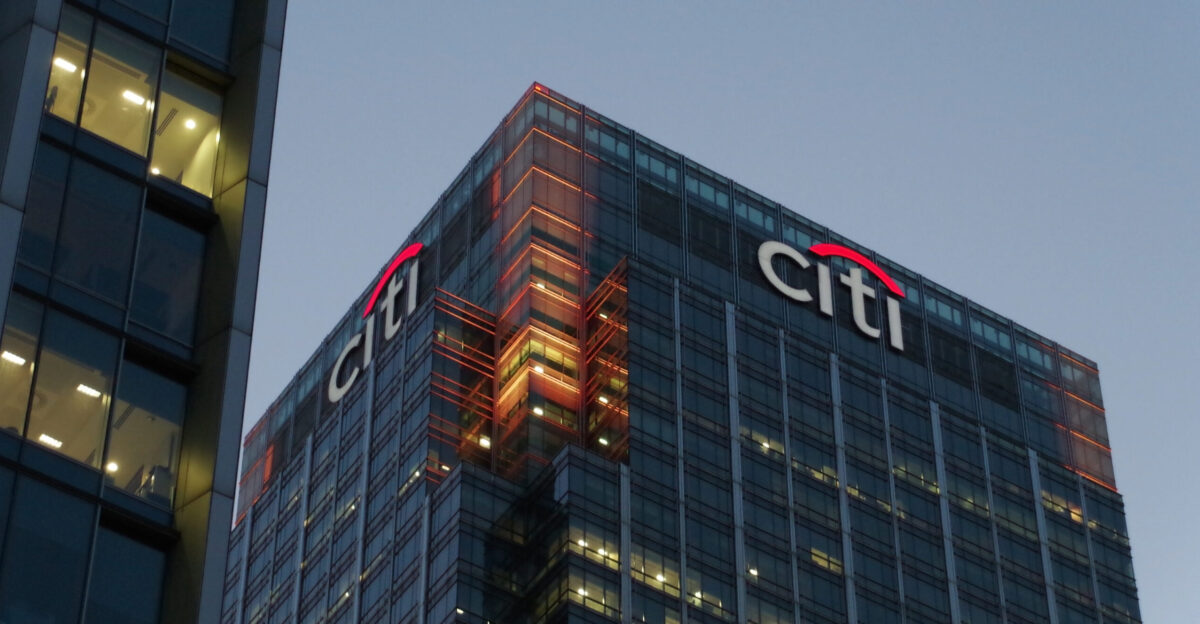
U.S. tech titans aren’t alone in spending big. Citigroup now projects $2.8 trillion in AI-related infrastructure investment by 2029 (up from an earlier $2.3 trillion). McKinsey estimates that AI-capable data centers worldwide will need a staggering $5.2 trillion in capex by 2030.
Countries are responding accordingly: China, Europe, and others are rolling out massive incentives and state projects to build their own AI data centers.
Power Grid Bottlenecks Loom
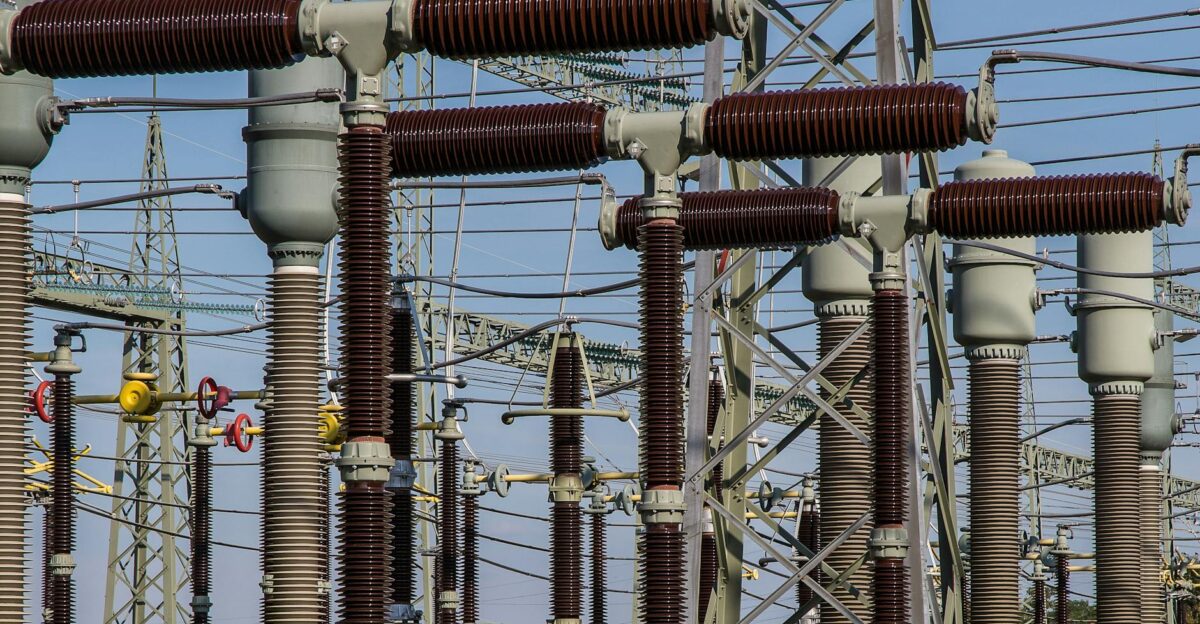
Even if cash isn’t an issue, physical constraints threaten growth. Goldman Sachs forecasts global data center power demand will jump 165% by 2030 (vs. 2023 levels). Meeting that requires roughly $720 billion in new grid transmission and distribution upgrades.
In the U.S., data center electricity usage is on track to more than double; BloombergNEF finds average power draw climbing from ~16 GWh to ~49 GWh by 2035.
Community Costs and Environmental Strain
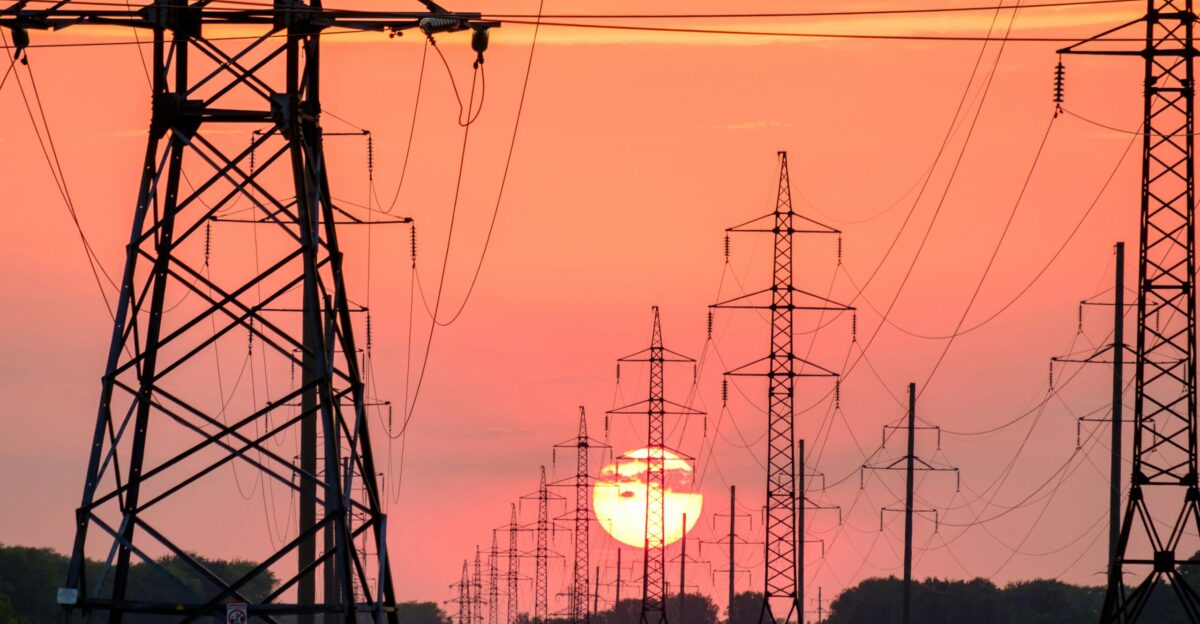
Local communities are already feeling the pinch. In data-center hotspots, wholesale power prices have spiked – one study found they’re up ~267% versus five years ago as demand soars. Residents often subsidize the deficit with higher bills.
Data centers also guzzle water for cooling: a single hyperscale facility can use millions of gallons per day (equivalent to a town of 10–50,000 people). And the rising compute costs have a real environmental impact: researchers note that a ChatGPT query uses roughly 10× the electricity of a Google web search.
A Bubble or Long-Term Boom?

History suggests that no matter how transformative the technology, markets eventually demand realism. The late-1990s Internet revolution created enormous value, but only after a painful 80%+ stock crash.
Today’s AI valuations assume a near-term payoff that may not materialize. Will AI follow a similar path – only delivering on its promise after a deep correction separates durable businesses from hype? It’s the $252 billion question.